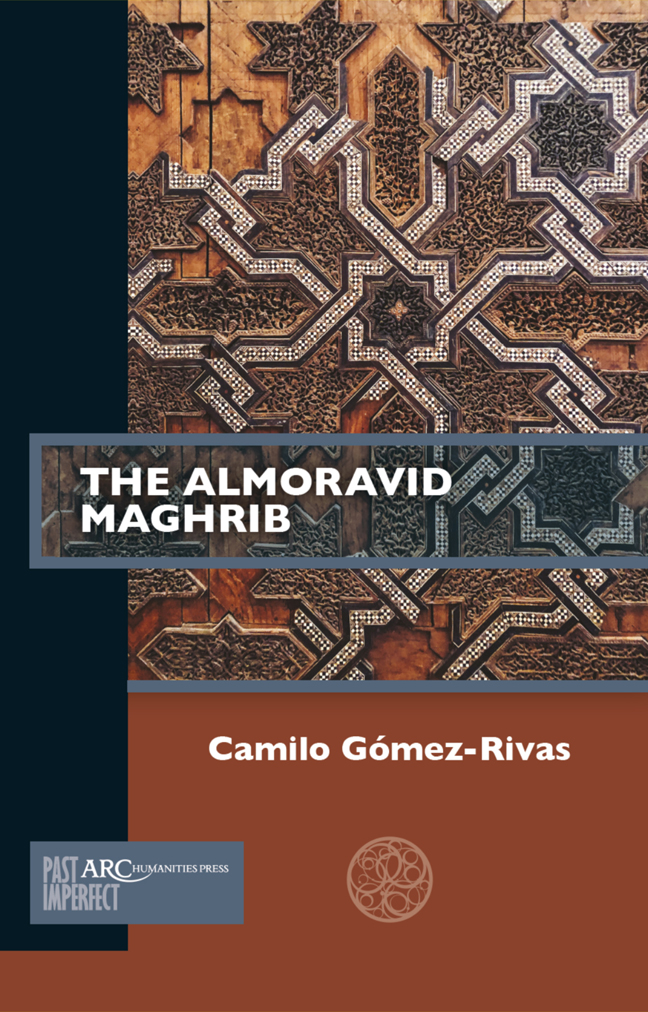Book contents
- Frontmatter
- Contents
- List of Illustrations
- Acknowledgements
- Abbreviations and Note on Language and Dates
- Principal Characters in the Narrative
- Introduction
- Chapter 1 The Preacher
- Chapter 2 The Queen and Her Kings
- Chapter 3 The Deposed
- Chapter 4 The Son
- Chapter 5 The Mahdis
- Chapter 6 The Qadi and the Rebel
- Conclusion
- Time Line
- Glossary of Key Terms
- Further Reading
Chapter 5 - The Mahdis
Published online by Cambridge University Press: 20 February 2024
- Frontmatter
- Contents
- List of Illustrations
- Acknowledgements
- Abbreviations and Note on Language and Dates
- Principal Characters in the Narrative
- Introduction
- Chapter 1 The Preacher
- Chapter 2 The Queen and Her Kings
- Chapter 3 The Deposed
- Chapter 4 The Son
- Chapter 5 The Mahdis
- Chapter 6 The Qadi and the Rebel
- Conclusion
- Time Line
- Glossary of Key Terms
- Further Reading
Summary
The latter half of ʿAli’s rule witnessed a marked increase in political opposition, perhaps most prominently of a messianic nature. A wide-ranging environment of spiritual speculation and creativity provided the social context for these. The most famous of these messianic movements would found the ensuing dynasty, often read as part of a separate history. The fact is, however, that the Almoravid Maghrib, as presided over by ʿAli b. Yusuf, was where the Almohad mahdist movement had its origins, roots, and causes, even if it came as a violent reaction to what was there.
Ibn Tumart
In a scene redolent with meaning (likely too literary to be true), Muhammad b. Tumart (d. 524/1130) a powerfully charismatic itinerant preacher at the time, arrived in Marrakesh and began berating the Almoravids for their corruption. “He overturned wine and smashed musical instruments” and confronted ʿAli, the Amīr al-Muslimīn himself, and refused to recognize him, for, among other things, wearing a veil in the Lamtuna style (being one of the mulaththamūn, one of the “veiled ones,” as Almoravids were referred to in some of the literature). “I only see veiled women here,” he said and called on ʿAli to repent and reform: “The caliphate does not belong to you but to God.” Ibn Tumart’s intervention turned into a disputation with the ʿulamaʾ present and whom Ibn Tumart reportedly accused of over-literal interpretations of scripture (such as picturing God in corporal form). Some days later, Ibn Tumart was said to confront ʿAli’s sister, for lacking modesty as she was riding a horse, going unveiled. He slapped the haunch of the horse, which then threw her to the ground. Ibn Tumart was summoned to court where he was questioned. This turned again into a debate in which Ibn Tumart roundly defeated his interlocutors in argumentation about law, theology, and ethics. The story would seem to convey that the preacher enjoyed great popularity and support (unavailable to the other such critics of the regime) especially if its conclusion is true: Malik b. Wuhayb, Maliki jurist and senior advisor to ʿAli, recognizing the danger posed by this supposedly simple, itinerant preacher, advised that he be imprisoned on the spot. Another advisor, however, Yintan b. ʿUmar (a Lamtuni vizier and troop commander), urged that the preacher, so wise in matters of religion, be allowed to go about his business.
- Type
- Chapter
- Information
- The Almoravid Maghrib , pp. 85 - 102Publisher: Amsterdam University PressPrint publication year: 2023

